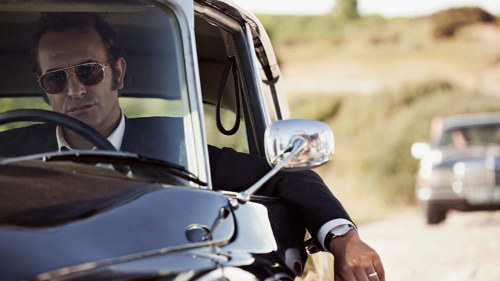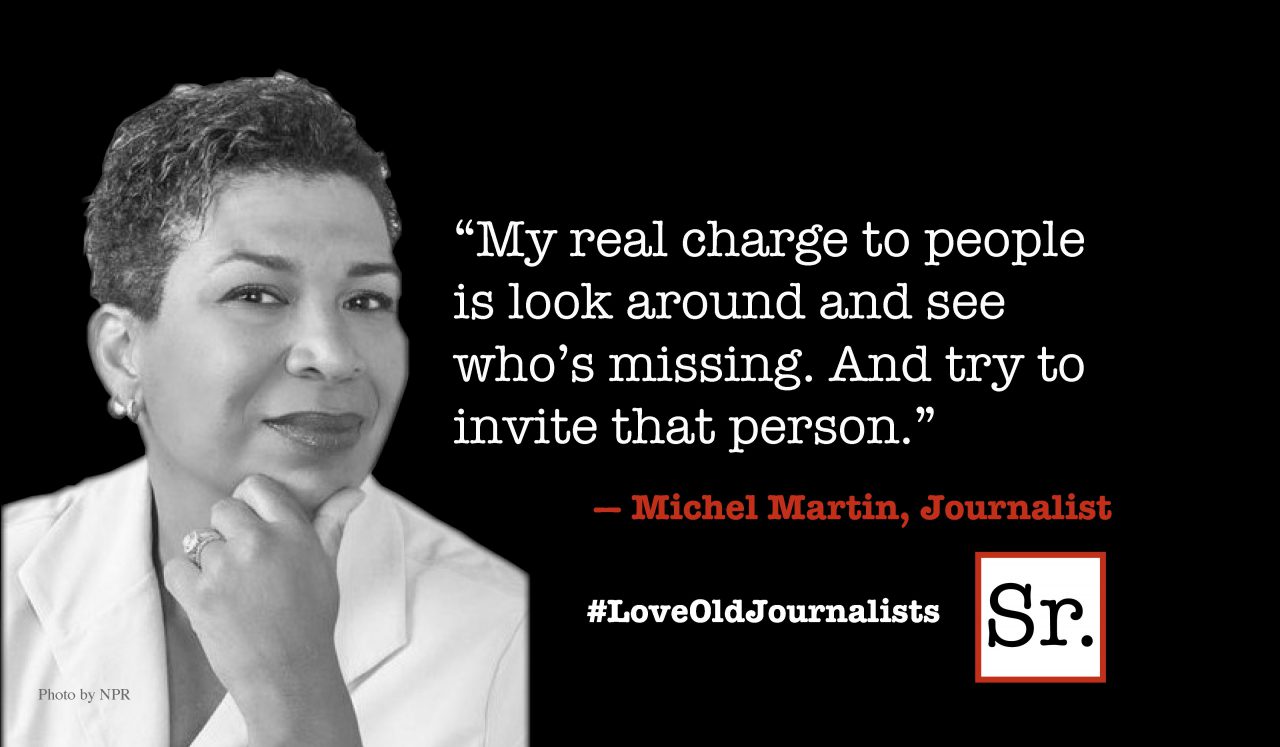Most of us are familiar with “The French Connection,” William Friedkin’s 1971 film about the NYPD’s efforts to stamp out a drug smuggling empire flooding American streets with top-grade heroin.
The French “The Connection” approaches that same situation from the shared POV of the cops and criminals who throughout the ’70s played a long game of cat and mouse in Marseilles, where Neapolitan and Corsican mobsters had set up labs to process opium smuggled in from the Middle East.
Whereas Friedkin’s film was fictionalized (among other things, the names were changed), this offering from writer/director Cedric Jimenez purports to more or less tell the true story of how the police finally broke the back of at least one particular drug operation.
Jean Dujardin, an Oscar winner for his turn as a silent film star in “The Artist,” portrays Pierre Michel, a juvenile magistrate who finds himself bumped upstairs to the organized crime unit. Michel hasn’t a background in criminal law but he has plenty of motivation — while hearing the cases of teenage delinquents he learned much about drug addiction and saw its grim results.
“The Connection” follows Michel as he learns on the run, figuring out how the complicated drug smuggling operation works and winning the confidence of the cops who must implement the anti-crime campaign he will create.
Michel’s story is intercut with that of Gaëtan ‘Tany’ Zampas (Gilles Lellouche), a powerful drug lord who also runs a lucrative protection racket and operates popular nightclubs along the Riviera. Zampas is a attractive/scary blend of sophisticate and thug.
Over nearly 2 1/2 hours “The Connection” follows these two men who, though on different sides of the law, are in many ways very much alike. Both are devoted family men, both nurse an explosive temper beneath a cool exterior, both are willing to act ruthlessly to achieve their aims.
Over time Michel will bend the legal rules and act less like an administrator than an overzealous cop. Zampas may actually regret having to have his enemies killed — though it doesn’t stop him from seeing the job through.
In fact, actors Dejardin and Lellouche physically resemble one another. That can’t be a coincidence.
Of course, “The French Connection” benefitted from Gene Hackman’s Oscar-winning turn as Popeye Doyle, the abrasive, insulting, not-always-likeable police detective who was its hero. Dujardin hasn’t anything nearly that colorful to work with — Michel wasn’t perfect (he had a gambling problem and his dedication to the job put much stress on his marriage) but he was essentially a straight arrow, an upright citizen with no outlandish character traits.
By the same token, Lellouche’s Pampas doesn’t do much ranting and raving either — he’s cool, calculating and mostly in control.
Happily, the very structure of “The Connection” provides its own tension. Like Michael Mann’s “Heat,” this movie works hard to humanize both the good guy and the bad guy in a way that, weirdly enough, finds us alternately rooting for both men.
And director Jimenez delivers a great looking film that takes full advantage of scenic Marseilles while employing a handheld camera style that makes the events onscreen seem that much more immediate.









